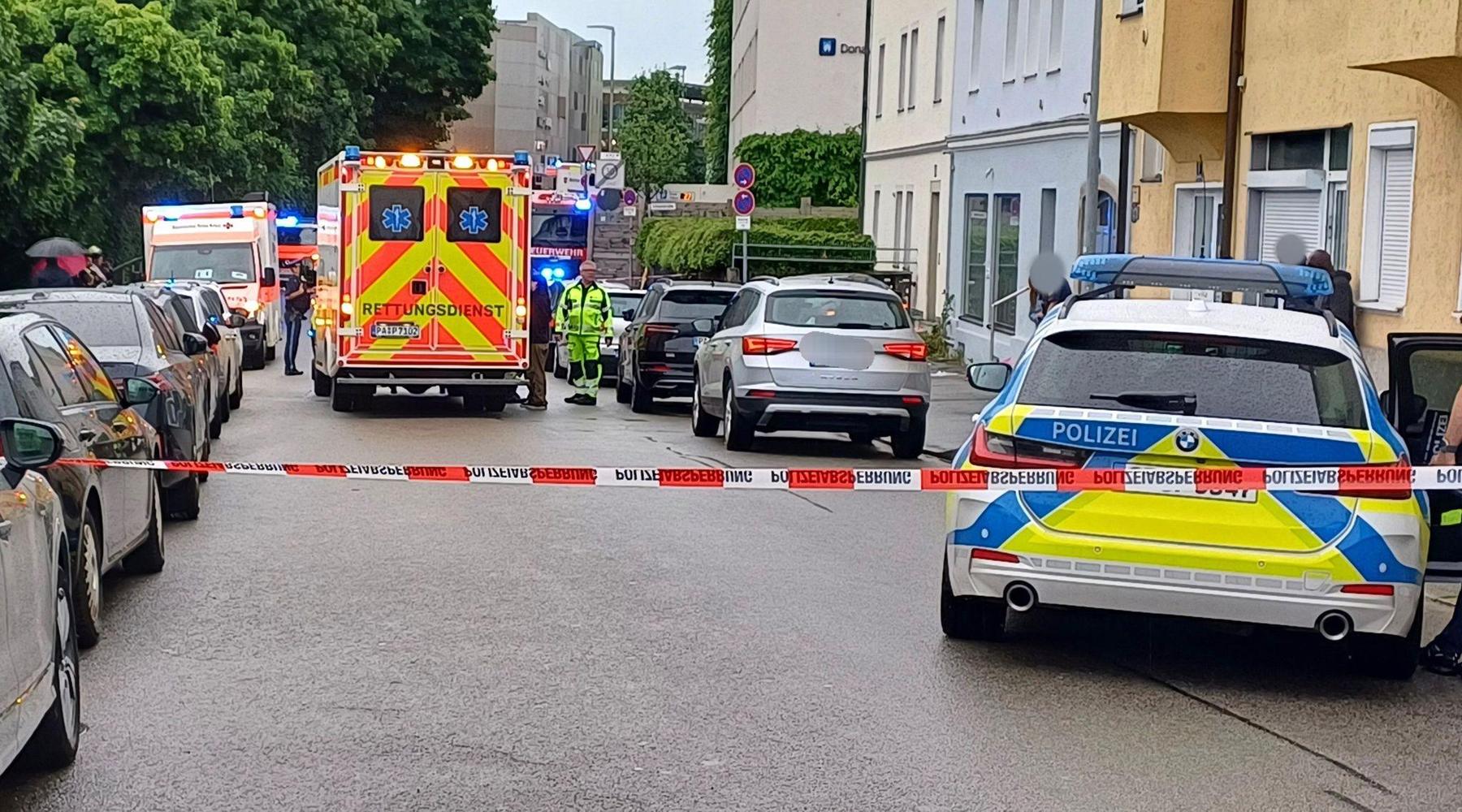Reindeer husbandry is culture – altaposten.no
How would reindeer husbandry three, four generations ago reacted if they were told about moving reindeer with trailers, herding with helicopters, North Sea cycle, drones, ATVs, six hundred miles with reindeer fences, lining with pellets, double and triple reindeer, or moving to summer pastures at the beginning of February?
They would clearly perceive it as distant from Sami culture, traditions and business operations, but is it so?
After the war, the authorities made a power. The country was built with infrastructure. These were roads, ports, airports, power plants, schools, hospitals, sports facilities, swimming pools and so on. It opened for extensive establishments, activities and increased prosperity throughout society.
Reindeer husbandry profited a great deal of development. Like everyone else, they quickly used what the modern society could offer by comforts. Modern homes, health services, snowmobiles, gas stations, shops and banks made life much easier for reindeer husbandry.
This resulted in a rapid increase in the reindeer number. In 1939 there were 66,000 reindeer in Finnmark. In 1959 it was increased to 90,000, while in 2021 the figure was 155,000.
Both the state and the Sami Parliament have the overall strategy that reindeer husbandry should be sustainable in both culture, industry and the environment. However, it is not easy to modernize reindeer husbandry, at the same time as culture and traditions are to be safeguarded, and in addition get profitable operations.
This is especially because there is no plan or description of how reindeer husbandry should perform its role. It is left to the individual reindeer husbandry to find out.
There is a high degree of consensus that reindeer husbandry should be the flag bearer for Sami culture. Reindeer husbandry’s cultural role is to represent all Sami in the country, including those who do not have reindeer. Furthermore, Sami culture is a national tax for enrichment for everyone living in the country.
So here are several stakeholders, and it is reasonable that these get a word in the team when the development of the Sami reindeer husbandry is discussed and shaped. In the same way as reindeer husbandry, when the society they are part of is developed.
Today, as mentioned, there are overall strategies, but these are not bearbed to law, regulations, contract work or management documents.
The status is that both the state, the Sami Parliament and the reindeer husbandry have expressed concern about cultural Sami developments.
In terms of nutrition, reindeer husbandry is an economic disaster. An average turnover per No one can live by years of NOK 160,000. Reindeer husbandry is totally dependent on massive state aid to stay afloat.
Environmentally, the mechanization has led to reindeer husbandry being in line with other activities. This means that reindeer husbandry can and should dampen the environmental footprint.
The state justifies the support that Sami culture should be preserved and developed. The Sami Parliament’s arguments are largely centered on rights to practice culture. Fosendomen is about cultural practice. Chronicles, comments and debate posts also focus largely on culture when arguing about the rights of Sami reindeer husbandry.
This clearly indicates that reindeer husbandry is mainly culture. The commercial element is secondary at best. This means that Sami reindeer husbandry should be treated as a culture, and that it is a mistake that reindeer husbandry is laid under the Ministry of Food and Agriculture.
There is a strange deficiency that no plans or guidelines have been made on how to practice cultural practice in Sami reindeer husbandry. There are probably more opinions and methods in reindeer husbandry than there are siids. If you include stakeholders affected by reindeer husbandry, the amount of opinion must be doubled and tripled.
This huge gap between the overall strategy and practice provides a wide range of suggestions for solutions. Everything from reindeer husbandry should be wound up to reindeer husbandry to prevail the ground alone on 40 % of Norway’s land area.
The right answer lies somewhere between these extremes. For there is no doubt that reindeer husbandry should play a central role in Sami tradition and culture. After all, it was the reindeer husbandry that was least affected by the Norwegian policy, and has retained the language and much of the culture and traditions. However, it should not happen at the expense of other Sami environments, queer or Norwegians. On the contrary, reindeer husbandry should actively contribute to the development of the Sami environments that do not have reindeer.
The various traditions and cultural expressions are all national taxes and must be treated so that they have the opportunity to develop and flourish in their environments. Reindeer husbandry, with its special position, should help pull the load to make it possible.
We cannot have an elite of 5 per cent of the Sami should have 95 per cent of power in Sami cases. Therefore, the discussions, defining power and decision -making power must be distributed so that all stakeholders are heard. Long -term plans must be drawn up describing how reindeer husbandry should be able to safeguard its cultural role.





